Looking at how people celebrate Christmas in other countries can be fun, exciting or just plain unusual. Those of us who travel have experienced Christmas around the world so I’ve asked some great travel bloggers to share different ways countries celebrate Christmas traditions − in their own countries, or wherever they might be traveling.
CHRISTMAS CELEBRATIONS IN LATIN AMERICA
Colombia

Colombian Christmas traditions are intense and the country is crazy about Navidad…
The season in Colombia officially begins on 7 December, “Día de las velitas” or day of little candles. People gather in the evening to light the candles and snack, and on 16 December, the “Novenas” begin, the nine days leading to Christmas. At night, Colombians take turns hosting get-togethers where families and friends eat, pray and sing religious songs.
Then the big event comes. It is celebrated on the night of the 24th, while the 25th has little or no significance. On Christmas Eve, families begin gathering in the afternoon, though dinner is much later since presents aren’t opened until midnight.
Occasionally, children will get their gifts earlier − impatience is high and they tire more quickly than the adults as they wait to see what “El niño Dios”, or Baby Jesus has brought them.
Contributed by Please Live Your Dream

Cuba

One interesting New Year’s custom in Cuba originated in Spain, where the ancestors of many Cubans come from and where it also still takes place.
Just before the dawn of the New Year, as the clock counts down, Cubans take 12 grapes, one for each month of the year and eat them individually…12, 11, 10. Each time the clock strikes, they eat one grape…6, 5, 4. By now everyone’s mouth is full, and laughter abounds as people try to stuff grapes into their mouths and keep up with the clock.
At the stroke of midnight, if you haven’t finished your grapes, nobody cares and the New Year’s congratulations begin.
Contributed by Travels With Talek.

Ecuador
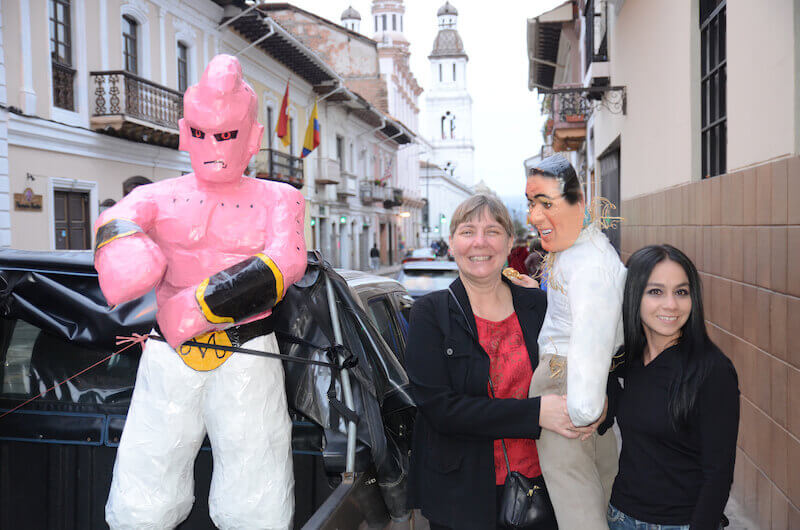
Every New Year in Ecuador, people look forward to an old tradition: celebrate with family and dance all night, but also shoot fireworks and burn the Año Viejo (the Old Year), a scarecrow or papier-mâché figure or design or cartoon. This destruction symbolizes all of last year’s emotional baggage, bad memories, and events you’d rather forget.
People all across the country either buy these Año Viejos in markets or make their own. When midnight finally arrives, folk gather around the Año Viejo and set it ablaze, saying goodbye to the old year and welcoming the new one with open hearts and minds. The symbolic purification feels good, like you’re finally letting go of something, and is always a fun family event. Destroying the old and making way for the new sounds like one of the best alternative ways to celebrate Christmas! Prospero Año Nuevo!
Contributed by International Hot Dish.

Guatemala
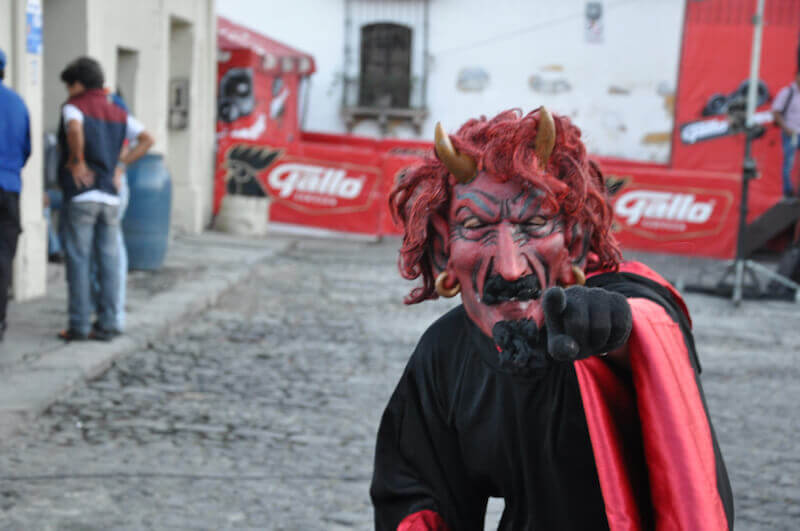
The Christmas season kicks off on 7 December, a day known as el Día del Diablo, the day of the devil, when people dress as costumed devils, purchase piñatas shaped like devils and attend street parties featuring the torching of effigies of the devil and fireworks, some truly quirky alternative Christmas traditions.
At six in the evening in the streets of the colonial city of La Antigua, an enormous statue of the devil is stuffed with explosives, doused with gasoline and burnt in a unique pyrotechnic event known as La Quema del Diablo. The tradition represents the banishing of bad spirits and “out with the old and in with the new” for the holy season.
Contributed by A Taste for Travel.

Mexico
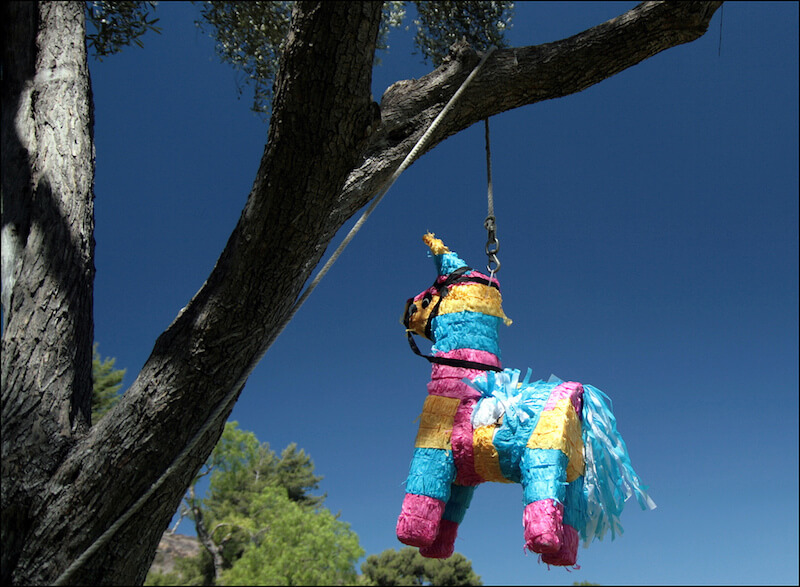
One of the most unusual and fun Christmas traditions in Mexico is the piñata. Piñatas are said to have been introduced to Mexico by Spanish priests who were trying to convert the indigenous people to Christianity.
Originally designed in the form of a star shape, with seven points on the star to represent the seven deadly sins, piñatas are made with paper maché and stuffed with sweets and treats.
At Christmas, the piñata is hung from a tree or the ceiling, and beaten with a big stick to release the treats. Each person is in turn blindfolded and tries to break the piñata, representing the person’s willingness to denounce the deadly sins with their faith in God.
Nowadays, piñatas are also used at birthday parties and other celebrations, and come in all shapes and sizes, from ponies, to Bart Simpson and Batman!
Contributed by Tales of a Backpacker.

CHRISTMAS VACATION IDEAS DOWN UNDER
Australia
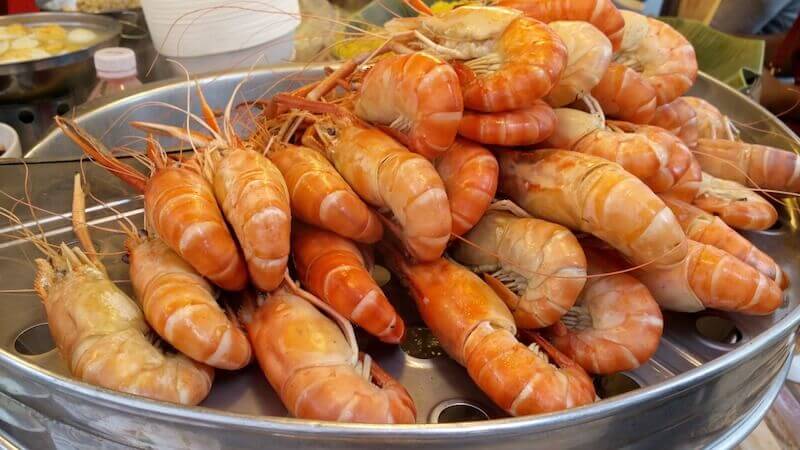
It’s a topsy-turvy kind of Christmas in Australia, with the cold depths of winter replaced by summer heatwaves and visits to the beach. While many families still celebrate with a traditional Christmas feast, whether a turkey or an English roast, a new traditional feast has developed here: seafood.
For my family, the Christmas centrepiece has always been bowls of juicy fresh prawns, served just before the main course. For others, it’s oysters or lobsters or crabs or barbecued fish. Regardless of what you choose, seafood markets do a roaring trade in the lead-up, so much so that the Sydney Seafood Market is open for 36 hour straight until the afternoon of Christmas Eve. Yes, that’s all night long, and there are still traffic jams in the middle of the night! Afterwards, it’s time to relax with a swim in the pool and watching the Boxing Day cricket match. Contributed by Travelnuity

New Zealand
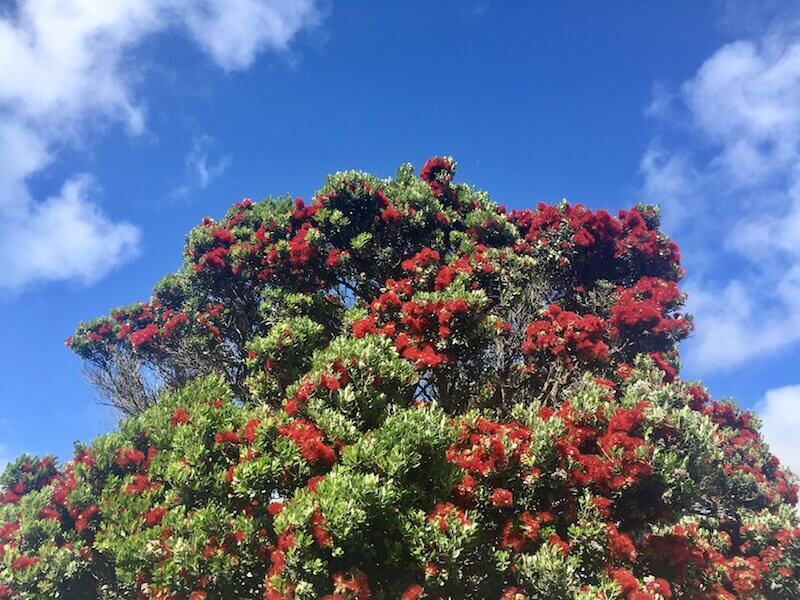
Christmas in New Zealand is less about sleigh bells and snow men and more about sun, beach cricket, jandals and BBQs – more alternative holidays. It is summer in New Zealand at Christmas time so the kids are off from school and most businesses close down for two weeks. A typical Kiwi Christmas would be having a BBQ, eating the meal outside, having a pavlova for dessert (Don’t let the Aussies tell you its from Australia, its from New Zealand mate!!) and watching the Queen’s message. A walk along the beach or a game of cricket to help you digest all that food is a great way to end the day. In New Zealand we also have a tree we call the Christmas tree as it blooms right around Christmas time and it has red flowers – the Pohutakawa Tree. Contributed by Travelgal Nicole.

A PEEK AT AFRICAN CHRISTMAS TRADITIONS
Cape Verde
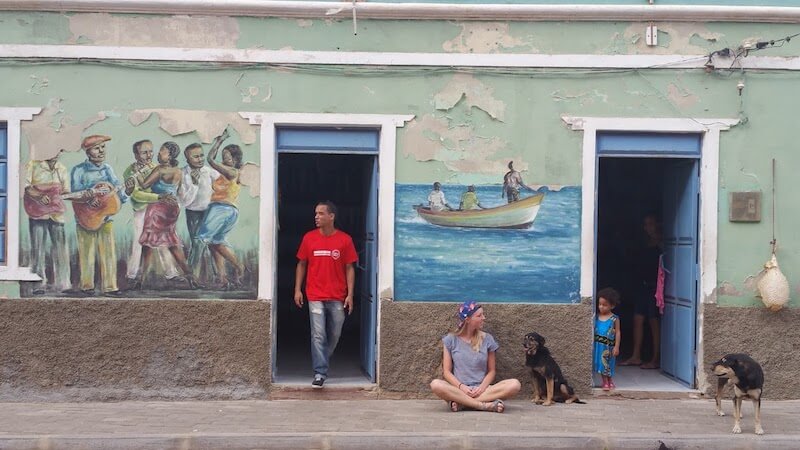
If you hate a cold Christmas you’ll love Cape Verde. The archipelago in the heart of the Atlantic has a particularly mild climate in December, ideal for those who want to escape the Christmas madness in the Northern hemisphere. That said, Cape Verdians love celebrating Christmas. Music is essential in the days before Christmas and you’ll hear the song “Boas Festas” ALL the time during days. Remember, you are in the land of Cesaria Evora! The country is mostly Catholic so visiting church on the big day is a must. Christmas ushers in a festive mood, with plenty of parties on the beach and a lot of socializing. Typical Christmas food is Bolo Rei, or King’s Cake. In the cultural capital, Mindelo on Sao Vicente island, the days before Christmas have open air festivals with plenty of morna music, theater and lectures – all in the delightful warm climate. Contributed by Paulina on the Road

Ethiopia
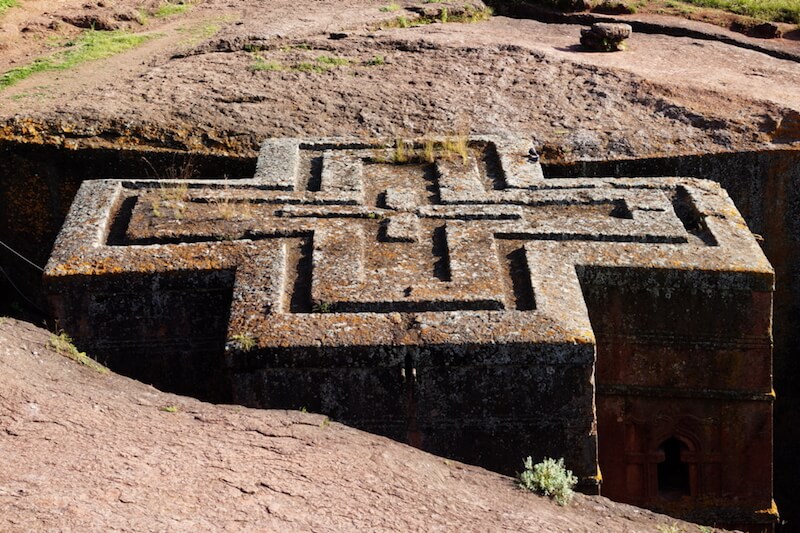
First of all, you won’t find any Christmas trees in Ethiopia. But there are other Christmas customs. One of them is Ganna, a pretty brutal and high injury potential ball and stick game. To us it might be similar to field hockey, only with fewer rules. The players, boys and men only, use a curved stick and a round wooden ball with the goal to knock it into a small hole. Don’t expect the game to be peaceful. The story behind the game though is pretty interesting. According to local tradition, the biblical shepherds were playing this game on the night that Jesus was born while tending their flocks. Contributed by Travellers Archive .

Kenya

During colonialization, Christmas celebrations were brought to Kenya by the British. Nowadays, Kenya is home to several religious groups. For most Kenyans, the important day is actually boxing day – the day after Christmas. Back in the days of colonialism, Kenyans couldn’t celebrate on Christmas day since they had to serve their colonial masters. However, they got the following day off and received a box from their masters including items such as maize, flour, oil, butter, sugar, soap and crèmes. It’s interesting that these traditions are still in place nowadays – every year, my Kenyan friend’s maid is looking forward to receiving her box on December 26th! Photo by Luigi Guarino via Flickr CC. Text by GermanBackpacker.com.

South Africa
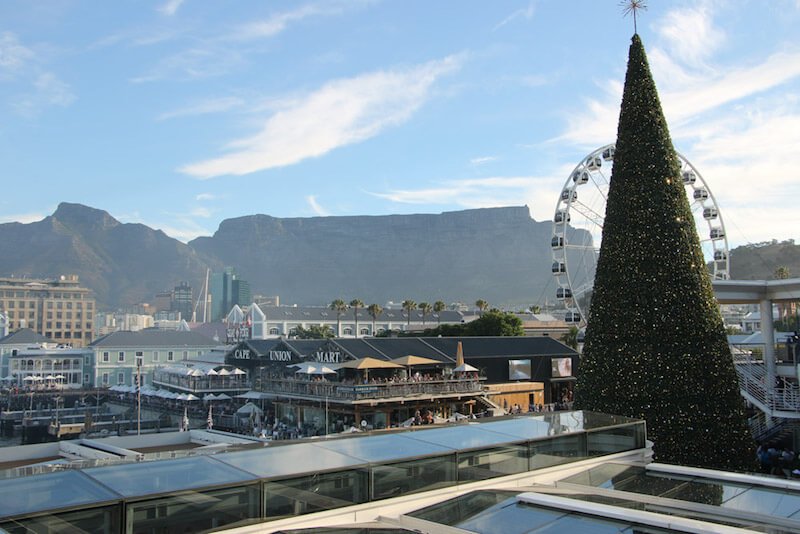
Christmas in South Africa is in the middle of summer, not the traditional white Christmas at all. For most, it is a beach holiday, especially popular for family camping. Campsites are booked months in advance and some families have their “permanent” sites; traffic is crazy, cars and vans are packed to the hilt, and excitement fills the air. Braais (the South African BBQ) are everywhere. Some South African Christmas traditions include drinking wine, playing Christmas music and outdoor fun – swimming and surfing and kayaking. The braai is a special event, not just about food but about socializing. At Christmas, people usually braai steak, lamb chops or sometimes fish, the traditional dessert being trifle pudding studded with coins for children.
Contributed by Stingy Nomads

EUROPE: CHRISTMAS TRADITIONS AT THEIR BEST?
Catalunya

Catalunya has one of the more unique Christmas traditions on the list. While Santa brings the rest of the world gifts, here it is Tió de Nadal (Christmas log), basically a hollow log with legs and a smiley face. Families bring the log in on December 8 and children feed him fruit and nuts and cover him with a blanket to keep warm. On Christmas Eve the children gather around and beat him with a stick singing a special song; he then poops out small gifts for them under the blanket. The tradition has become more commercial as Christmas markets sell a huge variety of little statues of everyone from the Queen to movie stars, each crouching with a little poop beneath them. An interesting tradition… Contributed by Legging It. Photo by Ajuntament Barcelona.

Germany
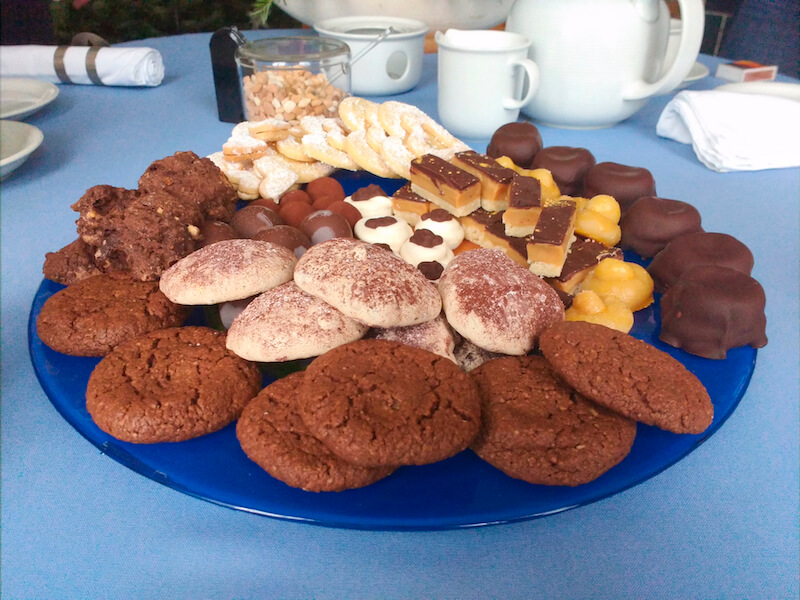
Christmas in Germany usually starts for adults on the 1st Advent (four Sundays from Christmas) when they can light the first candle on their Advent wreath. Every Sunday until Christmas they can light another candle: by Christmas four candles are burning. Children start Christmas on 1 December. For the next 24 days they open the doors of their advent calendars with a small present each day (usually chocolate or candies). Presents are opened on Christmas Eve – no waiting till the morning. On 6 December Germans celebrate St Nikolaus, when children find more goodies but in their shoes (this is the perfect excuse for parents to make their kids clean their shoes by the way).
Contributed by Vicki Viaja.

Poland
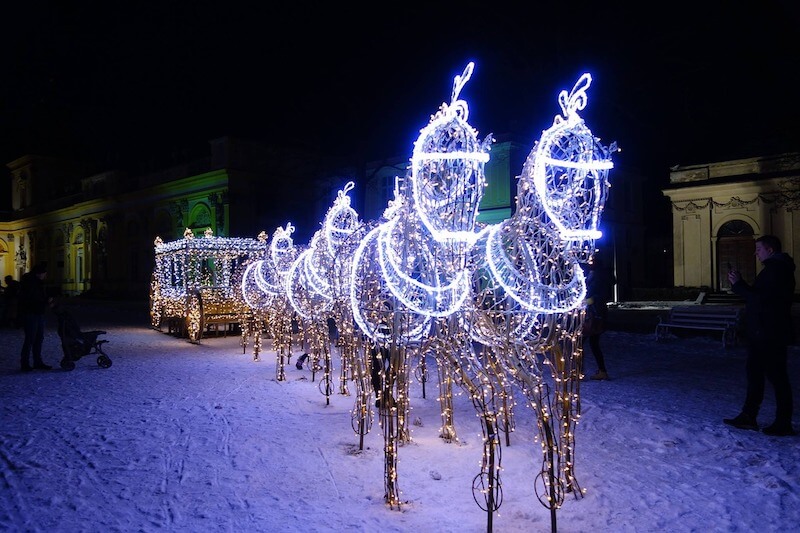
In Poland the most important are Christmas Eve traditions, when families get together to celebrate and eat a festive supper. It all starts in the morning by preparing the dishes. Tradition says we should have 12, one for each month of the year or for each apostle. We put a bit of hay under the tablecloth, a symbol of Jesus’s poverty. No one should be alone so we place an additional plate and a chair at the table for an “unexpected visitor”. Traditionally we start supper when we see the first star in the sky, a symbol of the star of Bethlehem. We share a wafer, wish each other all the best for the upcoming year and start supper. After eating, we open the gifts under the Christmas tree. Polish Christmas are special and full of warmth so if you ever have a chance to spend Christmas Eve with a Polish family, don’t miss it. You’re going to love it!
Contributed by Born Globals.

Portugal
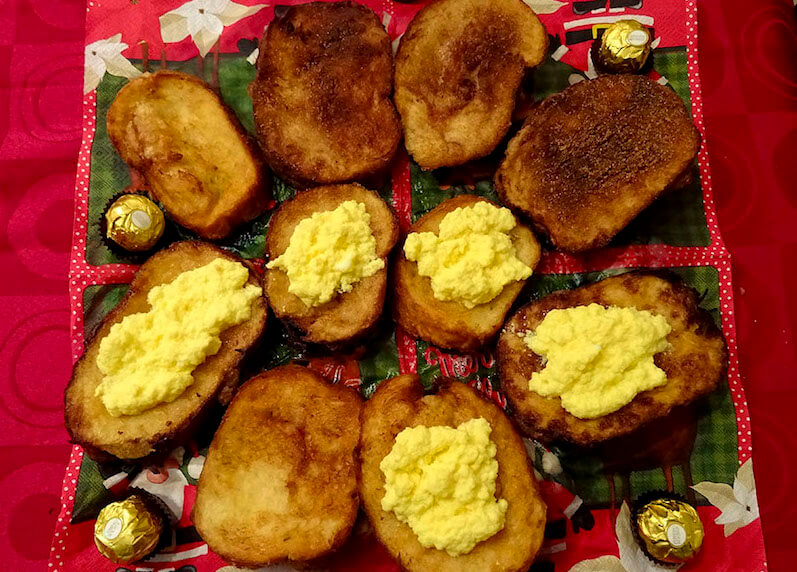
The Christmas celebration in Portugal takes place on December 24 with a traditional Christmas dinner, or consoada, usually salted codfish with boiled potatoes and cabbage. Portuguese do love their cod! For dessert we have bolo rei (crystallized fruit cake), rabanadas (similar to french toast), filhós (pumpkin cakes), buttery cheese and Port wine. At midnight, children receive presents offered by Baby Jesus or Santa Claus or Father Christmas. Gifts are under the Christmas tree and by the Nativity Scene (Presepio), with plenty of animal or shepherd figurines. On Christmas day, the family meets again to eat a roast goat and the leftover codfish, or farrapo Velho, (old rag), and it’s one of Portugal’s favorite dishes. After Christmas in January, the Janeiras Christmas choirs begin, with singers going from house to house with a statue of Baby Jesus, although nowadays this is a declining tradition. Contributed by Travel Drafts.

Russia

Russian Christmas traditions are rare because of the country’s communist atheistic past. Moreover, Russian Christmas is two weeks later, on January 7. It is a national public holiday but most people don’t celebrate it. Russia’s main holiday of the year is the New Year. On New Year’s Eve, families gather to cook: on a table you will see at least five salads, a main dish or two and of course a huge cake for dessert, and the leftovers will last for 2-4 days. People play games and watch the main channel 1TV – it always has a Christmas show with Russian celebrities. At 11:45 pm the show stops and the country’s TVs all broadcast the same video: Red Square and an announcement by Russia’s President. Afterwards the bell on Moscow’s main clock tower chimes 12 times, people stand up, clink champagne glasses and shout “Hurrah!”. The rest of the night is for fireworks, karaoke, drinking and partying. Contributed by Tripsget.

Sardinia
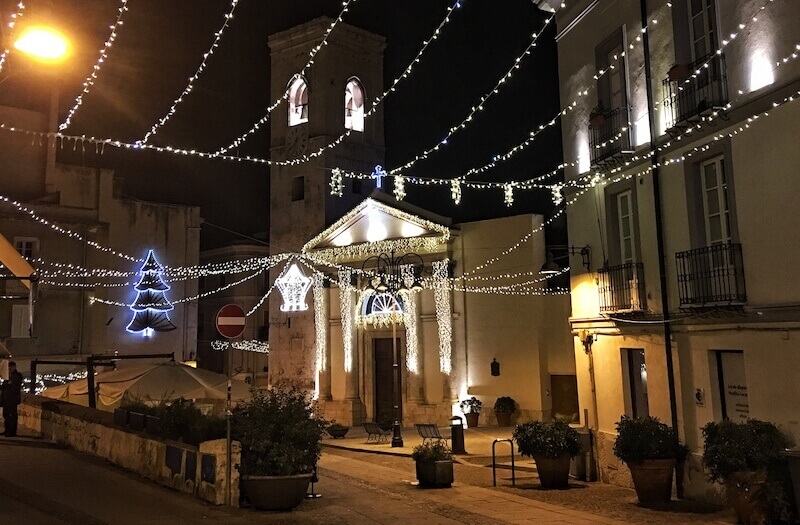
Christmas in Sardinia is celebrated on both the night of 24 December, and on December 25. Celebrations typically involve a large family gathering with a huge meal: there always is a selection of appetisers, a pasta course, a fish or meat course, fruits, a dessert which typically is panettone, dried fruits and nuts, and lots of wine and alcohol. Each family has its own tradition in terms of food, and while on the coast it is more common to eat seafood and fish dishes, in other parts of Sardinia lamb or suckling pig are on the table. Religious people go to church for midnight mass to then stay along and give their Christmas wishes to friends. Though it already is winter when Christmas come, the weather is generally warm so lots of people enjoy the morning or the early afternoon with a walk along one of Sardinia’s famous beaches. Contributed by My Adventures Around the World.

Scotland

Scotland claims 31 December – so much so they even made a new name for it, Hogmanay. For centuries locals have been ringing in the bells with family and friends and then first-footing (visiting) their neighbours with a bottle of whisky in hand and rendition of Burns’ Auld Lang Syne in the air. However, these Scottish Christmas traditions are practiced less as many Scots and holidaymakers alike are on the streets of Scotland’s capital, Edinburgh, ceilidh dancing and counting down from 10 to an explosion of fireworks. Edinburgh also displays a torchlight procession on the 30th with live bands in Princess Gardens and on the 1st, brave party-goers dive into the cold Firth of Forth waters under the iconic Forth Bridges, taking part in the annual Loony Dook. For more information on Edinburgh’s festivals and things to do, check out this guide by Two Scots Abroad. Photo Chris Watt.

Slovakia
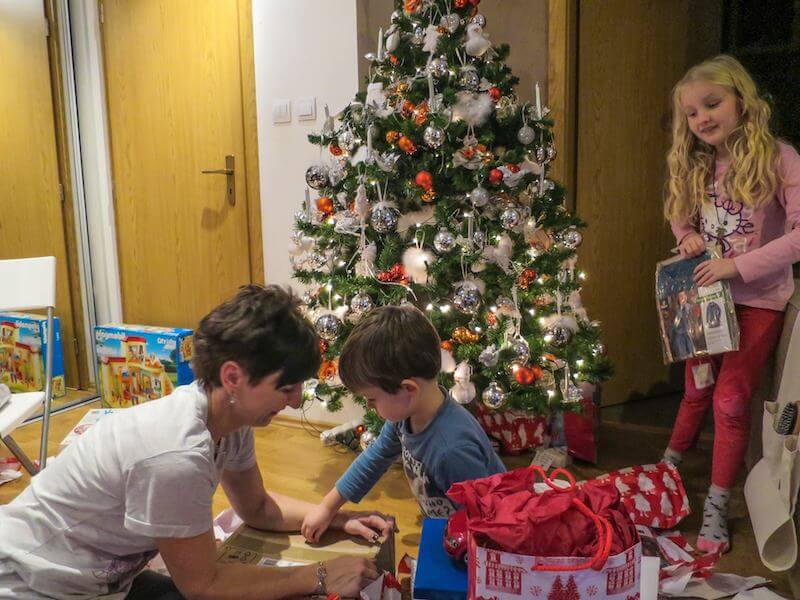
For Slovaks, Christmas is a beautiful four-day celebration that is full of old, and sometimes wacky traditions. It begins on December 23, when families gather together to assemble and decorate their Christmas tree. The tree needs to be ready for the following morning, because on December 24, children wake up to open the presents that were brought by Baby Jesus overnight! There is no Santa in Slovakia. One of the oldest traditions is to buy a live carp and put it in the bathtub until it’s time for Christmas dinner. These days, not many people follow this tradition, for obvious reasons. But, it’s still common practice in the smaller villages. On December 25 and 26, families are meant to spend time together and simply relax before heading back to regular life! Contributed by Maya Maceka.
Spain

It’s commonly accepted that the Spanish people know how to throw a good party. New Year’s Eve (also called ‘Nochevieja’) is not an exception. Until midnight, everybody tends to stay at home, have dinner with their relatives or friends and get ready for a big night out. When midnight arrives, it is traditional to eat 12 grapes, one on each stroke of the clock to bring good luck for the New Year and with the 12th and last one, the party kicks off! The grape-eating is one of the more funny Christmas traditions around the world. Throughout the country, there are huge parties in the street, hotels, and clubs everywhere. But, unless you are in Puerta del Sol in Madrid celebrating the event with thousands of people, don’t expect anyone in the streets till 12.30 or 1 am. Parties usually go on until at least sunrise… or until lunch. Contributed by A World to Travel.

Ukraine
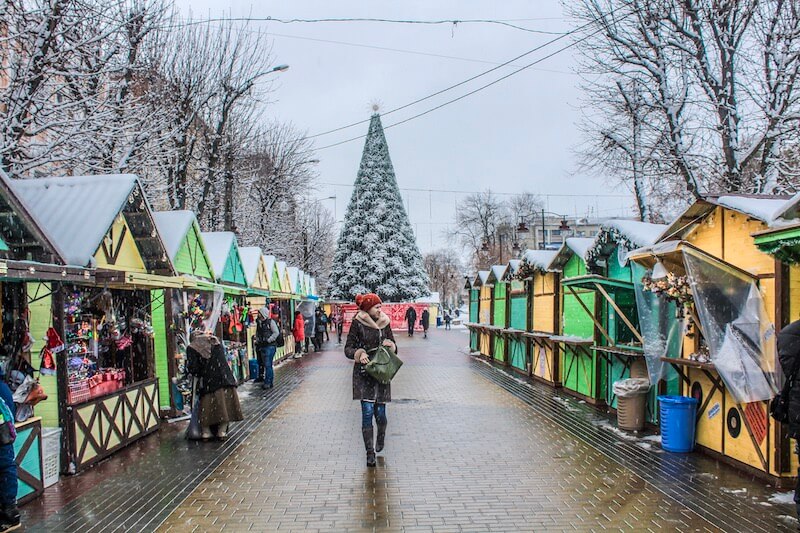
This holiday is about Jesus and his birth, and lasts from 6-13 January, making it one of the longer-running alternative holidays to Christmas. This isn’t a time to work at home so Ukrainians make sure they clean and run their errands beforehand. Traditionally, people should go to church before the first star comes out and each family should cook 12 vegan dishes for Christmas Eve, one for each apostle. The main dish is ‘kutya’, made with wheat berries, honey and poppy seeds, and the food is shared in a family circle. The next day, animal products are allowed and people celebrate by meeting up with friends and family to watch Bible-related shows or movies. In rural regions, children and young people often dress up in traditional costumes to walk around the neighborhood, sing Christmas carols and greet others. In exchange they receive fruits, candies and money as gifts. Contributed by Road is Calling

AN ASIAN CHRISTMAS: NOT WHAT YOU MIGHT EXPECT
Indonesia
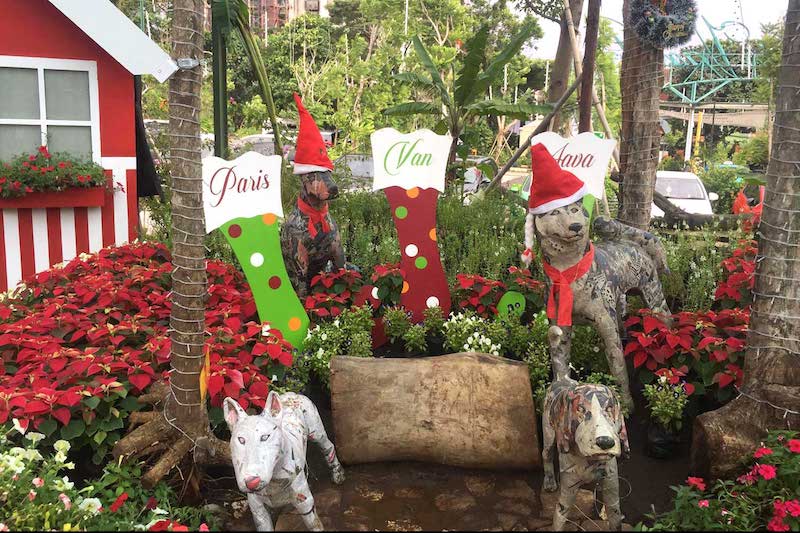
One of the legacies of Dutch colonialism is the controversial Christmas tradition of Sinterklaas and Zwarte Piet, modified by Indonesians. In the Netherlands, St Nicholas – Sinterklaas – is honored in early December. According to tradition, his helper, Zwarte Piet, appears alongside him – in blackface makeup, hence the controversy and racist connotations. In my city, Bandung (nicknamed Paris van Java), we sing a children’s song: “Sinterklas baru datang dari Spanyol ke Bandung” (Sinterklaas has arrived from Spain to Bandung). Zwarte Piet runs the show – in a loud voice, he praises good children – who get peanuts and gifts from his burlap bag – and scolds the naughty ones. But beware: a naughty child may get a swat with his “sapulidi”, or broomstick, before he stuffs you into his bag and carries you off to Spain. Scary stuff! Contributed by The RTW Guys

Japan
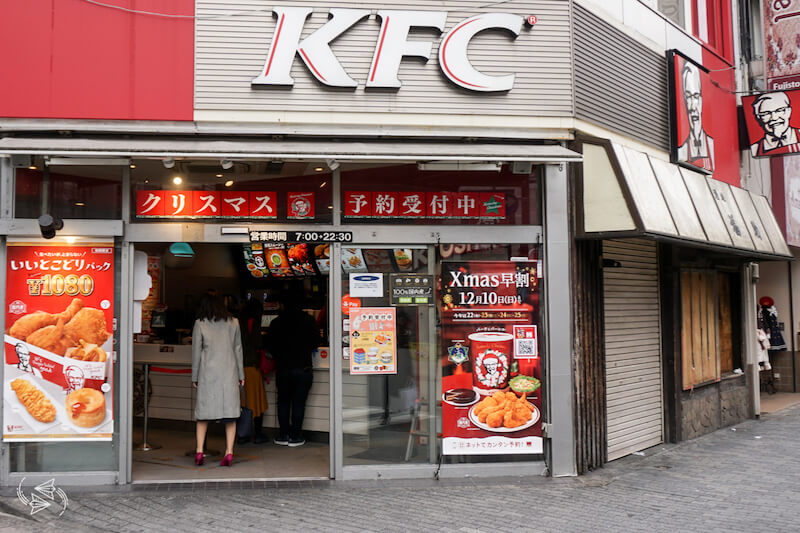
And finally, we’ll end with not one but three stories from Japan, where Christmas may not be a traditional event. Still, it has gained a lot of traction and is celebrated by way of one of the more unusual Christmas traditions: eating Kentucky Fried Chicken on Christmas Eve! This Japanese Christmas tradition was sparked in the 1970s when a foreigner went to a store in Tokyo one Christmas and ordered so much chicken that he felt compelled to explain he was having a Christmas party and since he couldn’t find any turkey, he’d opted for a stack of KFC chicken instead. In 1974, they launched a campaign called Kentucky for Christmas that went so well it sparked a new tradition. Nowadays, KFCs in busy locations have queues around the block on Christmas Eve, with waiting times of several hours. Despite stocking up, they can and do sell out – so place your order in advance! Contributed by Notes of Nomads.
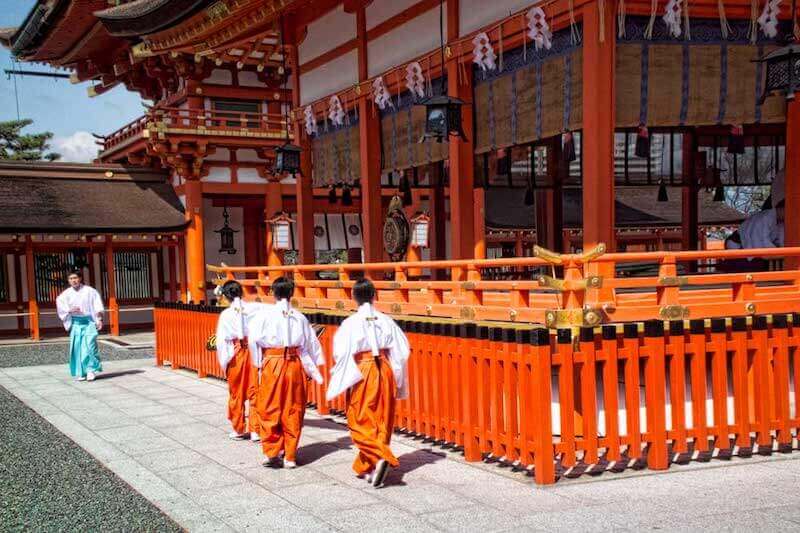
Japan celebrates the New Year according to the Gregorian calendar unlike most of Asia, which recognizes the Lunar New Year. It’s a time to be with family and many people travel home to the countryside making it the least busy time of the year in Tokyo and other major cities. You’ll find a number of restaurants and businesses closed if you are visiting over the first few days of the year. On New Year’s Eve, many people eat a special soba noodle dish to ensure a long life and at midnight the temple bells ring out 108 times as part of a cleansing ritual. The first sunrise of the new year is auspicious so people look for a high or attractive vantage point to see the sun make its first appearance and the Shinto Shrines are always busy and full of energy over those first few days as everyone makes their important first visit of the year. Contributed by 2 Aussie Travellers.
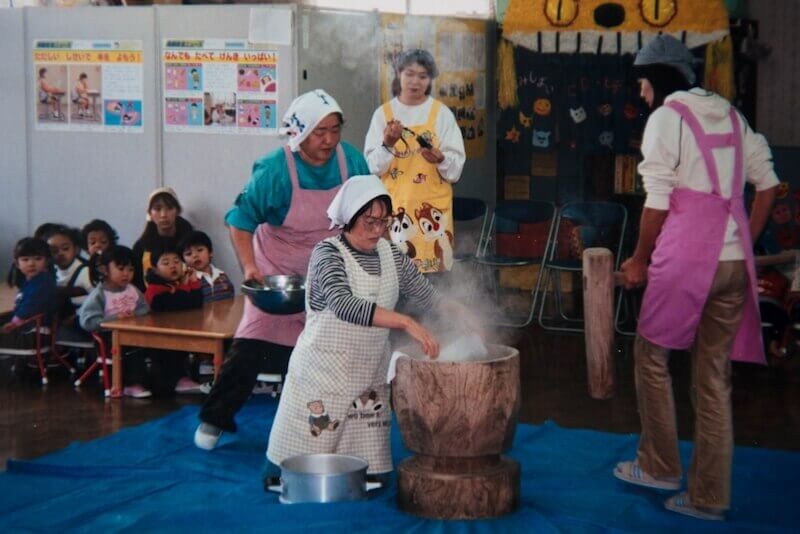
Each New Year the Japanese have a series of activities they believe will bring them good luck for the coming year. One of these activities is the rice-pounding ceremony. Soaked rice is put into a huge wooden bucket. Then, at least two people take turns pounding and turning the rice until it is supple and easy to manipulate into small rice cakes. The rice takes on a sticky, marshmallowy texture that is difficult to chew but tastes delicious. The Japanese believe that the mochi will teach them the characteristics of flexibility and endurance, and after trying to pound it for a few minutes and your muscles become sore, you will understand why. The mochi-tsuki takes place in schools, public areas, and special ceremonies. They are not hard to find so if you come upon one, give it try! Contributed by Reflections En Route.

Philippines

In the Philippines, we celebrate New Year as one great way to start a new life. When I was a kid, I was always told to jump as I as I could at midnight to grow taller. Every family also prepares “media noche”, a feast with delicious, sweet and fatty food on the table. That includes 12 types of round fruit to attract prosperity. Local delicacies made of sticky rice are also served because we believe eating these brings our family much closer. We open our closets, doors, and windows because they say the heavens shower blessings brought by the year about to start. We want to catch them all! Photo by JM Ibanez via Flickr CC. Text by Travel With Maria.

Singapore
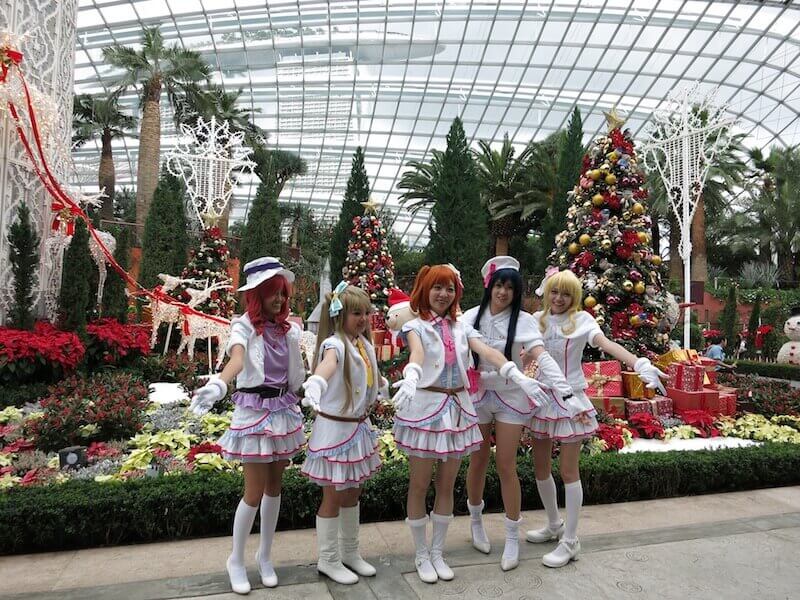
Christmas in Singapore is interesting because the country is a cultural melting pot with four main languages and different cultures represented, none of them Christian. However, there are plenty of non religious Christmas traditions to enjoy. The streets always fill with lights and public buildings and homes all put up a Christmas tree. In fact, if you try to buy one you’ll need to hurry because trees are quickly sold out to locals. No matter where you walk in the Orchard shopping area you’ll hear Christmas carols and find people dressed as Santa Claus. To make it all extra interesting, Singapore is a tropical country located near the Equator so we enjoy summer temperatures above 30 degrees Celsius all year round. Christmas lights are commonly left until Chinese New Year, which usually takes place at the end of January of beginning of February. Contributed by Once In A Lifetime Journey.

South Korea
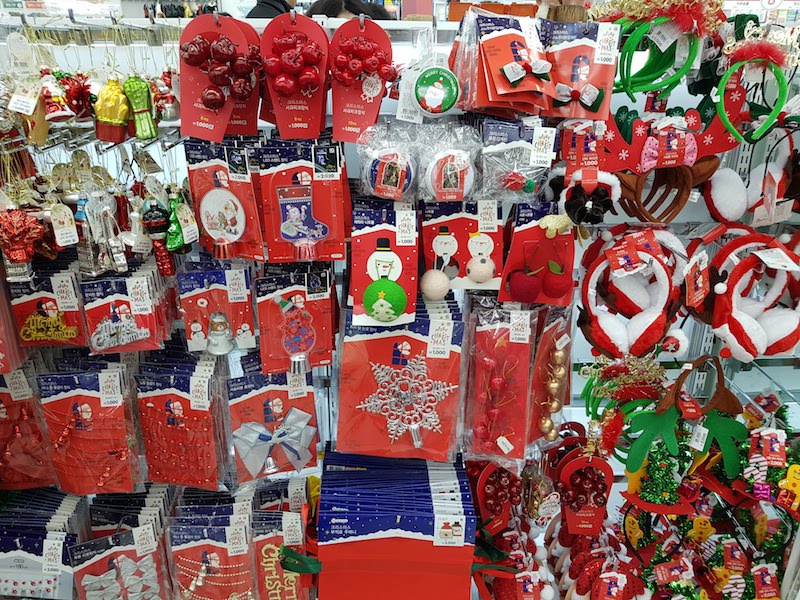
Christianity in South Korea is new so Korean Christmas traditions are relatively young, but tend to follow the norms. For non-Christians and Buddhist, Christmas is more a day to enjoy shopping or take a holiday. There’s a lively Christmas atmosphere – Christmas decorations, music, a Korean-style Christmas meal and so on. Major cities like Seoul or Busan have beautifully decorated buildings and giant Christmas trees, which throughout the country you’ll find Christmas markets, ice skating rinks, performances and parades, the best being in Everland and Lotte World. As snow starts falling in Korea in early December, the cold and snow contribute plenty the White Christmas atmosphere. Most churches hold a special Christmas service; the best is at Myeongdong Cathedral in central Seoul and outside, on Christmas day, you’ll find fields of flower lights and a live nativity scene. Contributed by Be Marie Korea

Sri Lanka

Sri Lanka is one of those countries where people sleep peacefully on December 31st, because Sinhalese and Tamil New Year comes much later, on April 14. Unlike Western countries where New Year always starts exactly at midnight, in Sri Lanka, every year astrologists calculate the time when New Year begins. It can be in the morning or in the middle of the night, no one ever knows. At the exact time specified by astrologists, every family makes a fireplace and puts a pot of milk on top of it. When the milk overflows, it means the year will be successful and prosperous. Afterwards, the whole family gathers around the table with traditional Awurudu (New Year) treats that include kiribath (rice cooked in coconut milk), butter cake, toffees, kokis (deep fried snacks), and kewums (deep fried sweets). Contributed by The Foodie Miles.

Vietnam
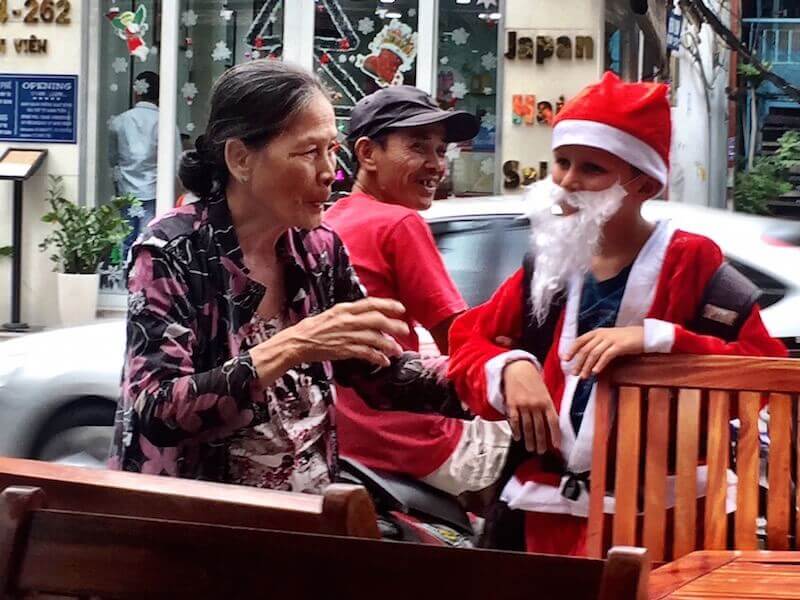
We didn’t know what to expect of Christmas in Vietnam, but we thought that if there were celebrations at all, they would be secular. We couldn’t have been more wrong. Yes, it was true that in Ho Chi Minh City the “sidewalks were dressed in holiday style” with sparkling tinsel decorations, enormous Christmas trees and giant Santas. People delighted in dressing like ông già Noel (Christmas old man), too. But there were decidedly religious elements as well, a legacy from Catholic French Colonial days. At the Notre-Dame Basilica of Saigon (built in 1880), Christmas Eve mass was crowded. We observed passersby stopped on the steps outside during the day to pray and make the sign of the cross. Other French influences: the Christmas Eve réveillon meal which features a bûche de Noël chocolate dessert. Christmas in Vietnam is one of our fondest memories. Contributed by Passing Thru.
SHOP THIS POST ON AMAZON
PIN AND SAVE FOR LATER!





